Calibration of Oxygen Analyzer
Calibration of most types of oxygen analyzers can be performed manually or by an automatic calibration option. The analyzer controller can be programmed to perform the automatic calibration at specific time intervals, review the calibration results and if they are within programmable parameters, update the controller with the new calibration data.
The procedures are the same for manual or automatic calibrations with the exception that in manual mode, the calibration data has to be manually accepted after the calibration runs.
The calibration procedure is very similar to each type of analyzer, therefore, it is recommended to following the manufacturer’s procedure. The calibration procedures are typically programmer orientated and involve two calibrations gases with the results adjusting the slope of the calibration line within the software.
To Calibrate
- Zero and span gases are connected to the analyzer.
- With the zero-gas flowing through the analyzer, allow the readings to stabilize, then correct the reading to equal the zero gas concentration.
- With the span-gas flowing through the analyzer, allow the readings to stabilize, then correct the reading to equal the span gas concentration.
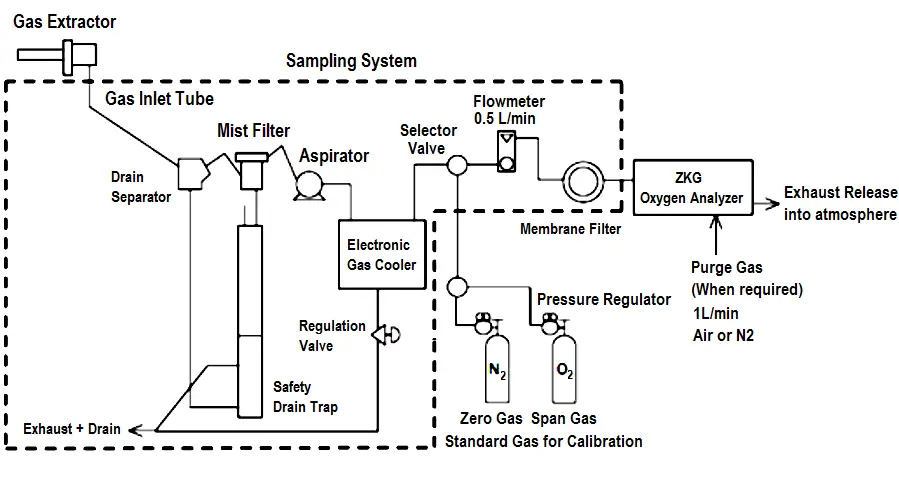
Troubleshooting of Oxygen Analyzer
Faults with the oxygen analyzer output can be generated from several courses:
Sampling System
-
- The sampling system should be periodically checked for proper flows and pressures and filtration and moisture removal.
- Low readings are an indication of improper sampling.
Sensor
Zirconia Cell
The inaccurate readings could result from:
- Heater temperature thermocouples
- Heater itself
- Heater temperature controller
- Contaminated electrodes
- Contaminated zirconia cell
All items should be checked according to the manufacturer’s procedures and diagnostics
Thermoparamagnetic
The inaccurate readings could result from:
- Thermistors
- Electronic sensing circuit
- Auto-zero function
- Changing magnetic field
All items should be checked according to the manufacturer’s procedures and diagnostics
Glass Sphere Paramagnetic
The inaccurate readings could result from:
- Electronic sensing circuit
- Light emitter
- Photodiodes
- Changing magnetic field
All items should be checked according to the manufacturer’s procedures and diagnostics
Electronics
All analyzers are equipped with extensive self-diagnostics and troubleshooting guides by the manufacturer, which should be followed for any alarms or inaccurate readings.
Author: Mohammed Khaleel
Read Next:
- Heat Detector Testing
- Fiber Optic Cable
- H2S Gas Detector Calibration
- Calibration of pH Analyzer
- Purging of Instruments
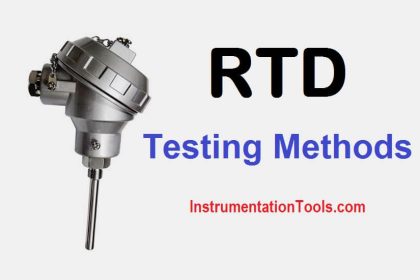
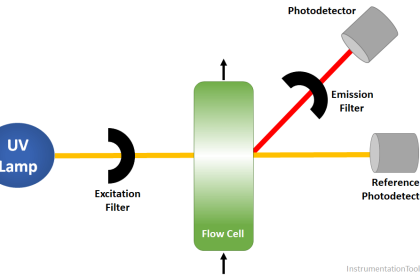
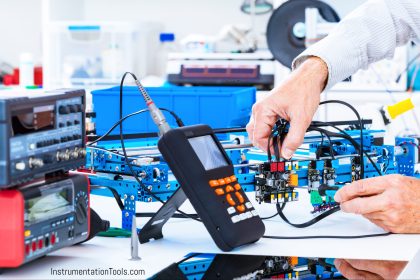
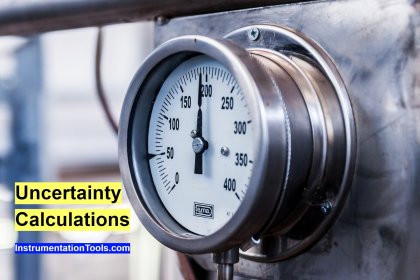


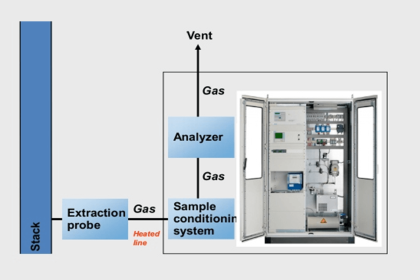

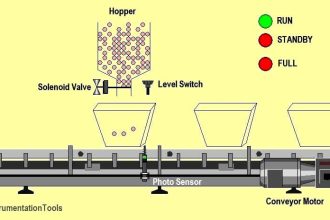
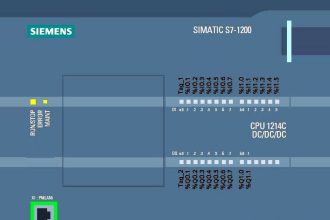
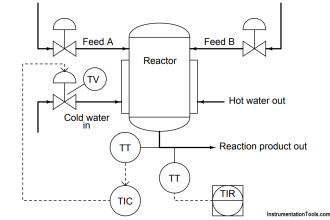
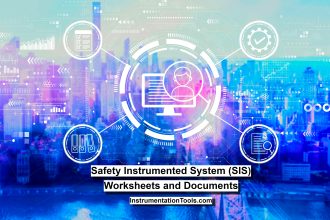
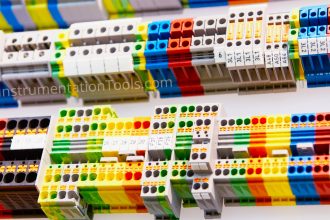
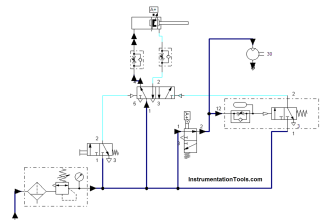



Wonderful stuff here I love it
Sir, I received concentrator for service, I found the concentrator pcb is defective. In that pcb memory ic is short. I could not do anything returned to the customer, without repair. The ic is available but I don’t software.